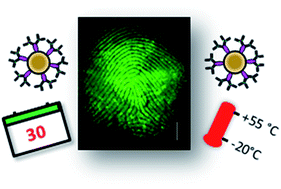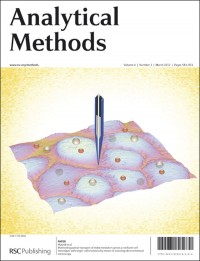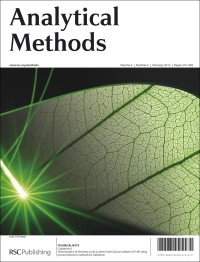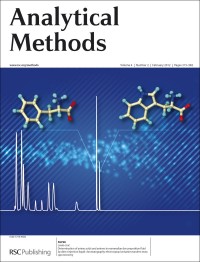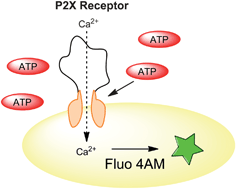A method to diagnose urinary lithiasis at an early stage has been devised by Wei Hang and colleagues in Xiamen, China. The method can also distinguish between the different types of stone, which is important when considering treatment options.
Currently, distinguishing between types can only be done after the stones have been removed from a patient, making it difficult to prescribe a treatment.
Urinary lithiasis, stones in the lower urinary tract, has become more common, with about 100,000 new cases each year. It causes substantial pain and leads to renal failure. The stones are caused by a build up of organic materials and inorganic crystals.
The team’s diagnostic method uses elemental analysis on blood serum samples to detect the levels of barium, gallium, antimony and sodium; variations from the norm are linked to the appearance of stones. The test subjects could then be subdivided into calcareous and non-calcareous stone patients by metallomic profiling, and the team found that selenium levels play a major role in this classification.
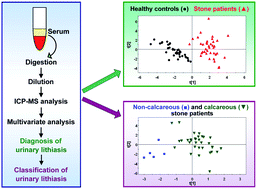
Gao et al., Anal. Methods, 2012
Compared with urine samples, blood serum samples show smaller variability under normal physiological conditions so are a better choice for elemental screening, say the researchers.
Early diagnosis of urinary lithiasis via elementary profile of serum samples
Yao Gao, Ning Yang, Xiaomei Yan, Wei Hang, Jinchun Xing, Jiaxin Zheng, Eryi Zhu and Benli Huang
Anal. Methods, 2012, Advance Article
DOI: 10.1039/C2AY05705K
You may also be interested in:
Direct infusion mass spectrometry or liquid chromatography mass spectrometry for human metabonomics? A serum metabonomic study of kidney cancer
Lin Lin, Quan Yu, Xiaomei Yan, Wei Hang, Jiaxin Zheng, Jinchun Xing and Benli Huang
Analyst, 2010, 135, 2970-2978
DOI: 10.1039/C0AN00265H
Critical Review: Combination of PAGE and LA-ICP-MS as an analytical workflow in metallomics: state of the art, new quantification strategies, advantages and limitations
Alessandra Sussulini and Johanna Sabine Becker
Metallomics, 2011, 3, 1271-1279
DOI: 10.1039/C1MT00116G

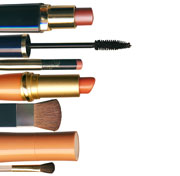 We’re delighted to announce that submissions are open for a new themed issue Guest Edited by Professor Alberto Chisvert and Professor Amparo Salvador of the University of Valencia, Spain.
We’re delighted to announce that submissions are open for a new themed issue Guest Edited by Professor Alberto Chisvert and Professor Amparo Salvador of the University of Valencia, Spain.










